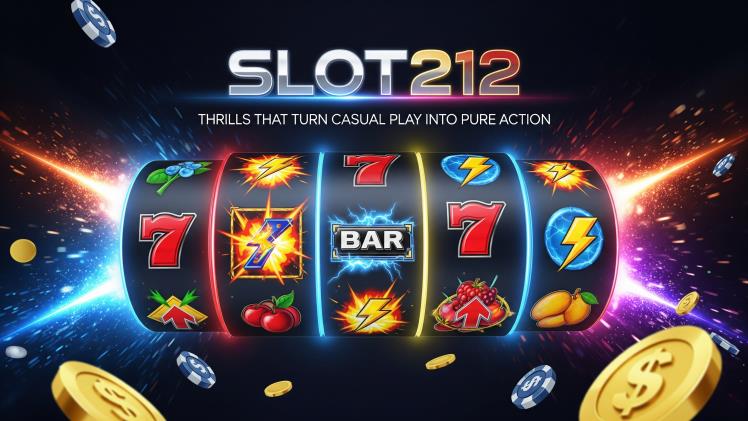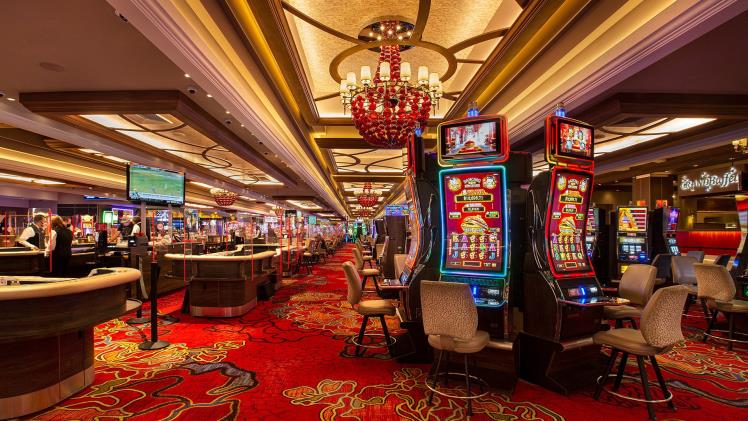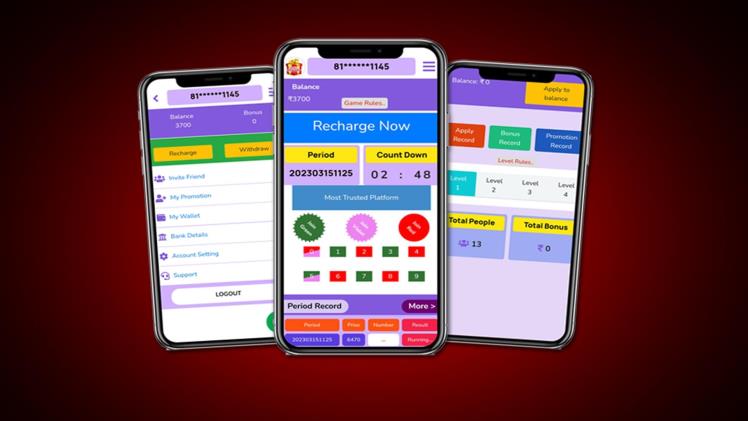Loss Aversion and Over-Betting: Behavioral Mistakes Players Must Avoid

In the fast-paced world of betting and prediction games, winning is often seen as a blend of strategy, timing, and instinct. But just as critical is the ability to not lose control. Two psychological phenomena—loss aversion and over-betting—stand as common traps that even experienced players fall into. Understanding these behaviors is not only about improving results; it’s about preserving discipline, protecting bankrolls, and playing with clarity.
These behavioral mistakes are rarely due to poor understanding of the game. Instead, they stem from emotional responses and flawed cognitive patterns. By unpacking these concepts and identifying warning signs, players can equip themselves with tools for more rational and rewarding experiences.
The Concept of Loss Aversion
Loss aversion refers to a person’s tendency to prefer avoiding losses rather than acquiring equivalent gains. In simpler terms, losing ₹1,000 hurts more than winning ₹1,000 feels good. This isn’t just a theory—it’s a deeply ingrained survival mechanism that affects how we perceive value and risk.
In the context of betting, this creates a dangerous dynamic. After a loss, many players feel compelled to quickly “get even,” leading them to make increasingly risky bets. The rational part of the brain takes a back seat while emotion fuels impulsive decisions. The loss becomes not just a financial hit but a psychological score that must be settled.
What makes loss aversion even more dangerous is its subtlety. It often hides under the guise of “confidence” or “a solid hunch.” Players may rationalize their decisions, believing they’re exercising control when they’re actually reacting to stress.
The Spiral of Over-Betting
Closely linked to loss aversion is over-betting—the act of wagering more than one can reasonably afford to lose, either in size or frequency. Over-betting can start innocently. A few small wins instill a sense of momentum. A loss or two triggers a desire for redemption. Soon, bets grow larger, and the decision-making framework that once included risk assessment is replaced by tunnel vision.
Over-betting doesn’t always mean making huge wagers. Sometimes, it’s the accumulation of small, frequent bets without strategy or reflection. These rapid-fire decisions drain resources and cloud judgment. What began as a tactical exercise becomes a compulsive chase.
Statistically, over-betting exposes players to what’s called variance shock—the natural fluctuation of outcomes that, in the short term, can deviate wildly from expected probabilities. Without proper bankroll management, even winning strategies can crash under the weight of overexposure.
How the Two Mistakes Reinforce Each Other
Loss aversion and over-betting form a feedback loop. A significant loss triggers emotional discomfort. That discomfort encourages a larger bet. A large bet leads to either a euphoric win (which justifies the risky behavior) or an even deeper loss (which magnifies the emotional pressure). The cycle continues, often until the bankroll is depleted or the emotional toll becomes unbearable.
This feedback loop is not rare. It’s one of the most documented patterns in behavioral economics and game theory. It’s also one of the hardest to break because it appeals directly to the core of human motivation: fear and desire.
Recognizing the Warning Signs
The first step toward overcoming these pitfalls is self-awareness. Warning signs of loss aversion include intense fixation on a previous loss, reluctance to quit after a setback, or a shift from calculated decision-making to emotionally driven choices.
With over-betting, signs can include a rapid increase in bet size, inconsistent risk strategies, or ignoring previously established limits. If you’re betting differently in the wake of a loss than you would have under normal conditions, it’s likely that emotion—not analysis—is in the driver’s seat.
Strategies for Avoidance and Discipline
One of the most effective tools for avoiding these traps is pre-commitment. This involves setting rules before playing and sticking to them regardless of emotion. For instance, setting a strict bankroll limit or defining a maximum number of rounds per session creates structure that resists impulsive shifts.
Another strategy is journaling decisions and outcomes. Keeping track of bets, motivations, and emotions associated with each move offers clarity and accountability. Over time, patterns emerge—patterns that often validate or challenge your in-the-moment instincts.
It also helps to adopt the perspective of expected value rather than short-term wins or losses. Making decisions based on long-term advantage, even if they result in short-term disappointment, builds emotional resilience. The focus shifts from “Was this bet right based on the outcome?” to “Was this bet right based on the reasoning?”
And perhaps most importantly, taking breaks after losses can prevent reactive behavior. These pauses act as emotional resets, giving you the distance needed to regain perspective.
Changing the Player Mindset
Mastery of any game is not just about learning the mechanics but also managing the psychology behind the decisions. Recognizing that emotional reactions can hijack otherwise sound strategies is a sign of maturity in play. The strongest players are not those who never lose but those who lose strategically—and bounce back deliberately, not desperately.
Over time, developing emotional agility, disciplined habits, and rational benchmarks transforms betting into an activity of intentionality rather than reaction. What begins as a defense against common mistakes eventually evolves into a framework for consistent, confident decisions.
Conclusion: Playing the Long Game
In the realm of color prediction like daman game and other chance-based games, knowing the odds is important—but knowing yourself is crucial. Loss aversion and over-betting are not failures of intelligence; they are failures of awareness. By identifying these behavioral traps and putting safeguards in place, players not only protect their bankrolls—they reclaim the narrative of why and how they play.
The smartest move isn’t always the riskiest, and the strongest strategy isn’t always the flashiest. Sometimes, the wisest action is walking away, recalibrating, and coming back with clarity. In games that reward calm in the face of chaos, self-control is the sharpest tool a player can carry.





